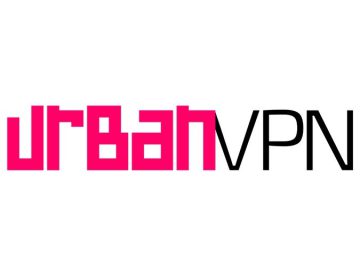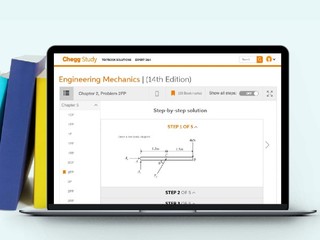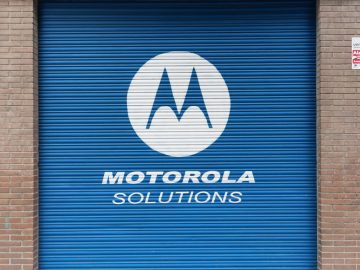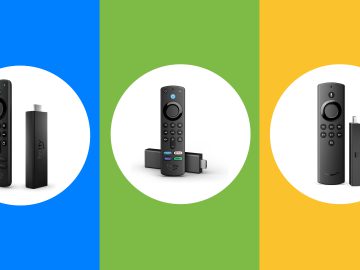Let’s look at some of the best practices for effective banner ads.
1. Use High-Quality Visuals
The visual elements of your banner ad can help capture your audience’s attention and convey professionalism. It’s best to use high-resolution images or graphics that are visually appealing and align with your brand identity.
An example is The Adelphi Hotel’s web banners, which feature vibrant and beautiful images of its hotel. Quality visuals attract viewers and instill confidence in the brand’s credibility and commitment to excellence.
Source
2. Place a Logo
Always place your brand logo on your banner ads. Having a logo in all your advertisements helps reinforce your brand identity. It also allows customers to quickly identify your brand while they browse online.
Beyond visibility, a logo ensures consistency across multiple marketing channels, which helps reinforce a unified brand image.
3. Have a Clear Value Proposition
In the crowded digital space, users are bombarded with multiple messages. Having a clear value proposition lets you grab a user’s attention immediately. Naturally, users are likely to engage with ads that communicate specific benefits or solutions.
Here are some key questions to help you form the value proposition:
- What is your ad trying to sell?
- Do you have an exciting feature?
- Do you have discounts or promotions available for a limited time (i.e., free shipping and discounts)?
- How is your product different from competitors?
The answers to these questions will help you formulate a banner ad with a clear copy.
For example, Four is a service that lets users buy what they love and split it into four equal, interest-free payments on a biweekly basis. Its banner ads feature a clear value proposition: “Shop now, pay later,” while the subhead communicates that they can split it into “4 equal payments, interest-free.”

Source
4. Incorporate a Strong Call to Action (CTA)
Craft a clear and persuasive CTA that prompts users to take a specific action, such as making a purchase or exploring more about a product.
Shopify’s banner ads have a clear value proposition: “Shopify has all the tools you need to start, sell, market, and manage.” In both cases, the goal is to get users to “Try Shopify Free”—which is conveyed on their CTA.

Source
5. Maintain Brand Consistency
Maintaining brand consistency across all banner ads instills trust and familiarity among your target audience. A good tip is to have a consistent color palette, fonts and imagery to create a cohesive visual identity.
For example, IBM consistently uses the same logo, fonts and styles across its web banners.

Source
6. Choose a Format and Size
The format and dimensions of banner ads can vary based on the platform and the specific requirements of the host website.
The three main formats for display ads include:
- Leaderboard: A horizontal ad positioned at the top or bottom of a webpage. Its extended width and prime location at the top of the page make it a popular choice for capturing viewers’ attention.
- Skyscraper: A vertical ad format commonly found in sidebars or menus of a webpage.
- Square: The square ad format is characterized by equal dimensions on each side, creating a balanced and compact design.
What about the dimensions? The good news is that Google responsive ads can adjust their appearance, format and size to fit the ad space.
To get started, upload assets including a short headline, long headline, description, logo and images. From there, Google can optimize these ads, render them and serve them on the Display Network.

Source
While dimensions can vary, the size of your ads should accommodate these three standard sizes: leaderboard (728×90 pixels), medium banner (300×250 pixels) and wide skyscraper (160×600 pixels). Google also has examples of general dimensions for high-end mobile devices and computers.
7. Use Animations Wisely
Animated banners can be more challenging but usually perform better than static images. A study found that animated banners drive more engagement, higher recall and higher click-through rates. On average, they lead to a 7% higher conversion rate.
While animations can make your banner ads more dynamic, ensure they don’t distract from your key message. You can use subtle animations such as a gentle fade-in or a product showcase loop to draw attention without overwhelming the viewer.
For example, an animated banner for a food delivery service could showcase a delightful loop of prepared dishes. The tasteful animations enhance the visual appeal of your banner ads and create a more engaging experience for users.
8. Conduct A/B Tests
Monitoring ad performance and refining strategies for future campaigns are essential to creating a successful campaign.
Keep an eye on key metrics such as click-through rates (CTR), conversions and engagement levels to gain valuable insights into your ads’ effectiveness. Experiment with different text, images and backgrounds based on the results.
If you have data-backed insights on the most successful campaigns, you can make informed decisions and enhance the impact of your banner ads.





